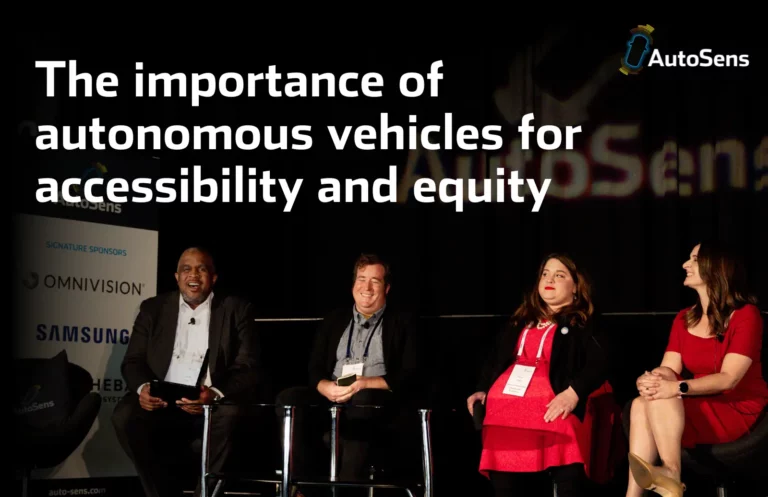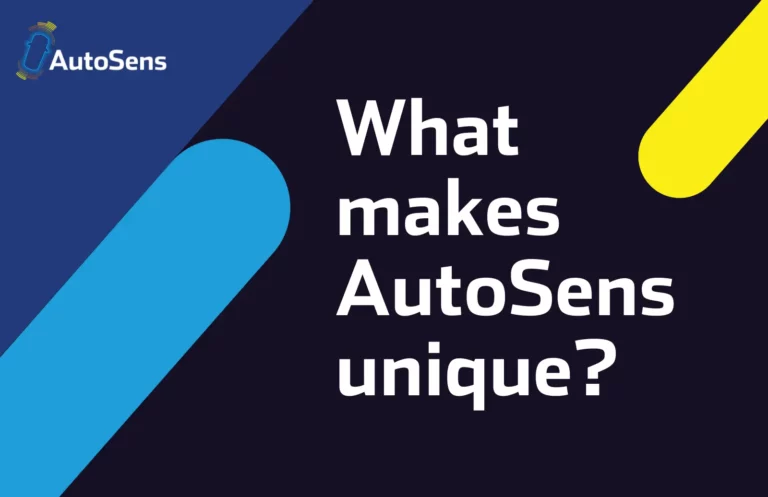What’s required when making decisions on requirements for designing, testing and producing cameras for automotive? In this article, Uwe Artmann, CTO, Image Engineering and Instructor at the AutoSens Academy, shares how he’ll be diving into this in an in-depth Tutorial at AutoSens Brussels this September. Uwe also explores the benefits of collaboration in our industry, and what it’s like to be part of the AutoSens Academy.
We’re really looking forward to your tutorial at AutoSens Brussels. Can you tell us what you hope to gain from the conference in September, and what it’s like to be part of the AutoSens community?
The AutoSens community is a great place to bring brilliant experts together and allow them to exchange their ideas and views in a way that benefits everyone. I have been part of the community for many years, and I have personally met so many people and learned so much that it is a pleasure to give back some of my knowledge to the community.
Your tutorial focuses on typical properties in automotive cameras that need characterisation and calibration. Can you tell us more about the impact and considerations that you’ll be addressing when we explore calibration methods?
We have two steps that are required during and after the production of a camera. First, we must ensure that the device works as intended and that the systems that rely on the camera as a sensor can function correctly. A misaligned lens or defect pixel can have an impact on the performance of ADAS or AD systems. As these are critical for safety, we have to make sure that we identify out-of-spec cameras and do not install them in a car.
Next, with a calibrated camera, we can give the information we receive from the camera meaning. While an uncalibrated camera provides a stream of digital values, a calibrated camera gives you a stream of information. So after a calibration, we can identify a specific color based on spectral calibration or locate objects and their size and location based on geometric calibration.
In the tutorial, I will highlight the essential steps and help people understand the context and concepts to make better decisions when discussing specs, requirements, and concepts of end-of-line test stations.
We’d love to learn more about why you became an AutoSens Academy tutor. The module you teach is ‘System Characterisation and Calibration’, exploring practical applications of cameras in real-world scenarios. Can you tell us more about the challenges the module addresses, and what we can expect to learn?
I am an engineer specializing in photo technology and image quality. I always like to say: I cannot design lenses, but I am comfortable talking and discussing the technical aspects with lens designers. I also cannot develop a sensor, but I know the issues you might run into, and I can talk about these with a sensor designer. I am also not a firmware and ISP tuning expert, but I have a good understanding of the different blocks and their influence on the final image. So long story short, by profession, I see the entire system, not just the individual parts of such a complex system as a camera. In my tutorial, I help specialists to see how the components work together and how their particular field influences the work of others. In addition, I help generalists like project managers to understand the entire image chain.
Lastly, a key part of AutoSens Brussels and the Academy is to bring engineers together for collaboration. What benefit do you think this has on the industry and how it is progressing?
As a result of the complex nature of cars or even that of their sub-systems like ADAS or AD, no company is working solely on their product. We have a long chain of partners that typically exchange requirements, specifications and test reports. In my observation, the terminology used and the definitions behind measurements are not identical between partners, and this causes a lot of discussions and distraction from the actual tasks. The best solution is to bring people together and discuss technical questions openly. That is what AutoSens is the perfect place for.
Check out the details of Uwe’s Tutorial at AutoSens below…
TUTORIAL: AUTOMOTIVE CAMERAS: TYPICAL PROPERTIES THAT NEED CHARACTERISATION AND CALIBRATION
- 2:00pm CET
- Tuesday 19th September
- Minerva Room

Uwe Artmann
CTO
Image Engineering







